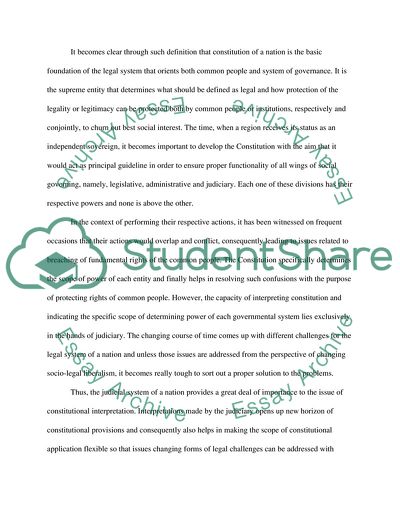Cite this document
(The Power of Constitutional Interpretation Research Paper, n.d.)
The Power of Constitutional Interpretation Research Paper. Retrieved from https://studentshare.org/law/1738969-constitutional-interpertation
The Power of Constitutional Interpretation Research Paper. Retrieved from https://studentshare.org/law/1738969-constitutional-interpertation
(The Power of Constitutional Interpretation Research Paper)
The Power of Constitutional Interpretation Research Paper. https://studentshare.org/law/1738969-constitutional-interpertation.
The Power of Constitutional Interpretation Research Paper. https://studentshare.org/law/1738969-constitutional-interpertation.
“The Power of Constitutional Interpretation Research Paper”. https://studentshare.org/law/1738969-constitutional-interpertation.


